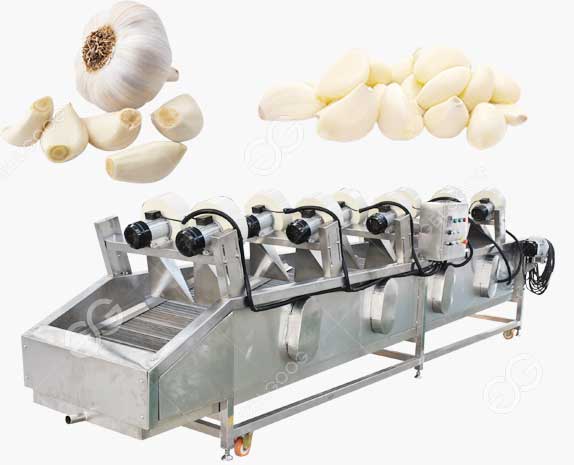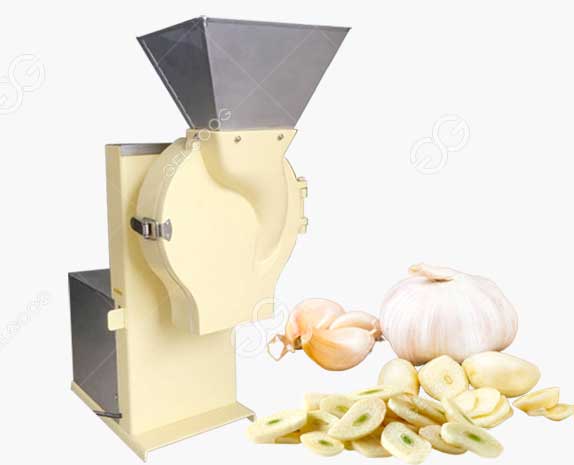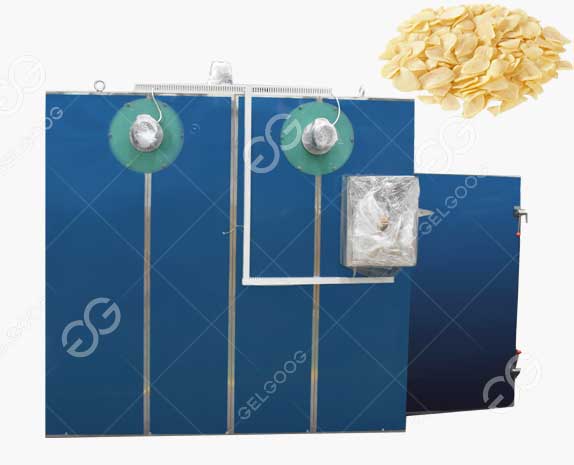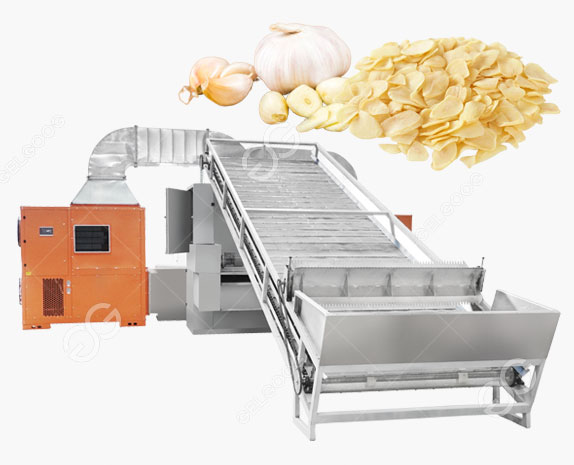Ginger, with its pungent aroma and distinctive flavor, is a beloved ingredient in cuisines worldwide. From spicy stir-fries to soothing teas, its versatility knows no bounds. But have you ever wondered how this humble rhizome makes its journey from farm to table? In this guide, we'll delve into the intricacies of processing ginger in a factory, unlocking the secrets behind its production in a way that's both informative and accessible.
Understanding Ginger Processing
Processing ginger in a factory involves several crucial steps, each contributing to the final product's quality and taste. Let's break down the process:
Harvesting: The journey begins in ginger farms, where the rhizomes are carefully harvested by hand or machinery. Timing is crucial; ginger is typically harvested 8-10 months after planting when the rhizomes are mature.
Cleaning and Sorting: Once harvested, the ginger rhizomes undergo thorough cleaning to remove dirt, debris, and any residual soil. Sorting follows, where the rhizomes are graded based on size, appearance, and quality. This step ensures uniformity in the final product.
Peeling: Peeling ginger is a labor-intensive process traditionally done by hand. However, in factory settings, specialized machinery is often employed to automate this step efficiently. The rhizomes are passed through peelers, which remove the outer skin while minimizing waste.
Washing and Sanitizing: Cleanliness is paramount in food processing. After peeling, the ginger undergoes washing and sanitization to eliminate any remaining dirt or bacteria. This step helps maintain hygiene standards and extends the product's shelf life.
Slicing or Grinding: Depending on the desired end product, ginger can be sliced or ground into various forms. Slicing is common for products like pickled ginger or candied ginger, while grinding is suitable for producing ginger paste or powder. Specialized machinery ensures precision and consistency in slicing or grinding.
Drying: Drying preserves ginger by removing moisture, preventing spoilage, and extending its shelf life. In factory settings, ginger slices or powder are dried using methods like air drying, sun drying, or dehydration using commercial dryers.
Packaging: Finally, the processed ginger is packaged into containers suitable for distribution and sale. Proper packaging protects the product from moisture, light, and air, ensuring its freshness and quality are preserved until it reaches consumers' hands.
Key Considerations and Best Practices
Quality Control: Throughout the processing journey, stringent quality control measures are implemented to ensure that only the finest ginger reaches consumers. Regular inspections, adherence to hygiene standards, and monitoring of processing parameters are essential.
Safety Measures: Factory workers must adhere to safety protocols to prevent accidents and ensure a healthy working environment. Proper training, equipment maintenance, and hazard identification are crucial aspects of safety management.
Sustainability: Sustainable practices, such as responsible sourcing, waste reduction, and energy efficiency, are increasingly important in ginger processing. Factories should strive to minimize their environmental footprint and contribute to the long-term well-being of the planet.
Adaptability: Flexibility is key in responding to market demands and consumer preferences. Factories should be equipped to adjust production volumes, packaging sizes, and product varieties as needed to stay competitive in the ever-evolving food industry.
Conclusion
Processing ginger in a factory is a complex yet rewarding endeavor that requires precision, dedication, and adherence to quality standards. By understanding the intricacies of the process and embracing best practices, manufacturers can deliver high-quality ginger products that delight consumers worldwide. From farm to factory to table, each step plays a vital role in unlocking the full flavor potential of this extraordinary rhizome. So the next time you savor a dish infused with ginger's zesty warmth, remember the journey it undertook to tantalize your taste buds.




